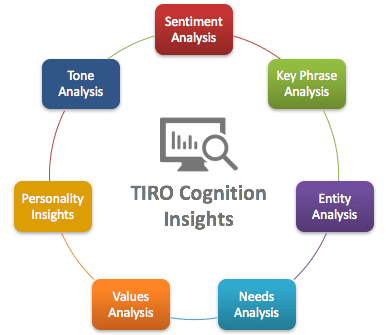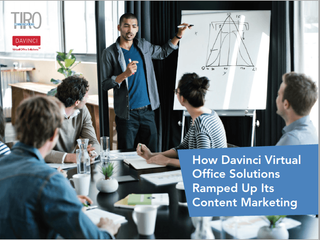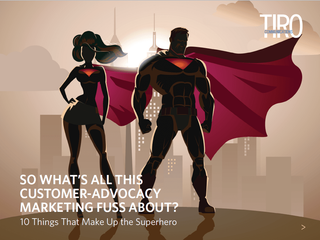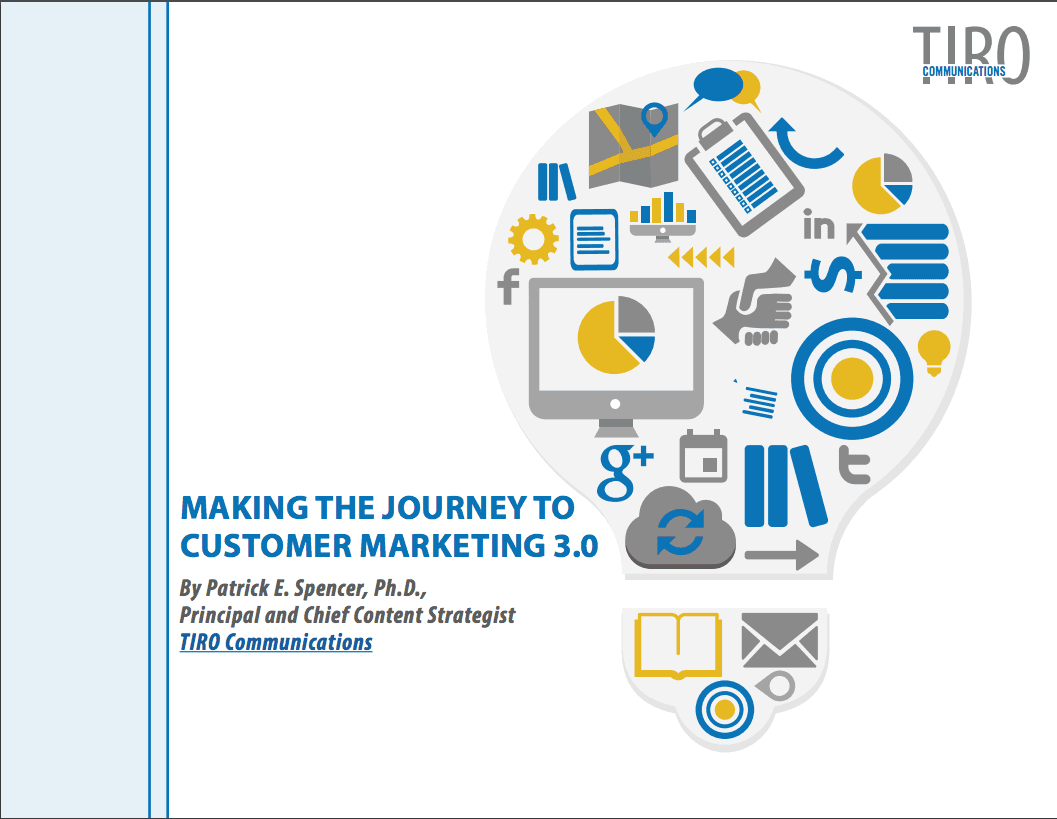When to Gate and Not to Gate Content
- By Patrick Spencer
- •
- 27 Jan, 2016
- •
4 Mistakes to Avoid

TIRO Communications recently had a prospect approach us to assist them in developing their content strategy and a series of campaign initiatives for 2016. The board of directors felt the company could build a larger lead pipeline with the right demand-generation programs. The company did not lack content; its marketing team had created a hundred-plus content assets over the past couple years. Content included everything from eBooks and white papers, to data sheets, to blog posts, to infographics.
But rather than creating demand-gen campaigns that leverage content through the different stages of the acquisition funnel, the company positioned all content at the top of the funnel. At the adamant behest of the head of sales, all content—except for blog posts—was gated. In addition, rather than serving up the requested content on the website or via a sent email, the head of sales insisted on having her team send the content via a manual email (which took place hours or days after they completed the gated registration page).
Mistake #1: Content Is Not an Island to Itself
There are four major mistakes with this approach. To begin, the company’s campaign strategy—or the lack thereof—fails to consider how different content assets align within a broader demand-gen workflow. In that vein, there is no stitching between the different assets. Each piece of content resides on its own island with no relationship to other assets.
Mistake #2: Cramming Content into the Top of the Funnel
The second mistake with what I like to call the “gate-everything” model is that the value and purpose of all content is seen as the same (in the case of this potential client). However, that isn’t the case. For example, an eBook containing in-depth research is different from an FAQ that spells out a list of pros and cons on a particular subject. An eBook thus should be gated, whereas a FAQ Sheet is not an asset that is gated. This is just one example.
In addition, the purpose of content also varies. Some resides above the funnel (e.g., blog posts, byline articles, infographics) and drives suspects to high-value content (e.g., white papers, eBooks, etc.) where contact information is captured. Other content sits further down the funnel and provides prospects with additional information on the solution (e.g., fact sheets, data sheets, case studies, etc.). Since buyers are known at this juncture (viz., they have registered and downloaded content at the top of the funnel), gating content at the evaluation stage of the acquisition journey is a mistake and may even cause buyers to disengage.
Instead of generating greater brand awareness and engagement, hoarding content by cramming everything into the top of the funnel may have the opposite effect. Indeed, with buyers more than 60 percent of the way through the acquisition funnel before they engage with vendors, the dynamics of demand-generation engagement changes. As buyers educate themselves on a particular topic, they will go to another resource if it is too difficult to retrieve and consume (viz., registration is required for each asset).
Mistake #3: Ignoring Personas and Journey Mapping
Gating all content assets also ignores buyer personas and the journey map. Not all stakeholder personas consume content in the same way and in the same order. Effective marketing knows the goals, roles, and content preferences of each persona involved in the buying lifecycle. Marketing and sales must collaborate to stitch together a buying journey that recognizes these and maps content and offers to individual persona behaviors and preferences at pivotal points in the journey.
A gate-everything model ignores the fact that different types of content resonate at specific stages of the journey. For example, an Infographic (which should be rarely, if ever, gated) is an effective asset to use at the top of the acquisition funnel, to drive buyers to gated content such as an eBook, White Paper, or Webinar. Buyers in the Evaluation Phase (sometimes called Consideration Phase) are no longer interested in an Infographic and moreover forcing them to register to download an Infographic at that stage will serve as a turnoff. The last thing you want to see happen is for the first interaction your sales team has with a buyer to be negative, focused on their frustration and subpar experience instead of their business pain points and how your solution can help solve them.
Mistake #4: Losing the Moment
In his book Blink, Malcolm Gladwell finds that first impressions—whether professional or personal—happen in a matter of seconds. Individuals connect with other people and companies based on their initial perceptions. Getting beyond that initial experience—it is bad—is virtually impossible. Indeed, research shows that first impressions even overrule facts in the lasting perceptions a person has with another person or company.
Little, if any, good can come from a decision to send gated landing page content via a manual email. Forcing buyers, who are in the midst of gathering information, to wait hours or days for the content that was advertised as available is a negative buyer experience any which way you slice it. Buyers are frustrated and likely even perturbed before they even talk to your sales team—and that negative experience and perception is virtually impossible to erase.
So What Happened?
So what happened with this potential client? As the head of sales was adamant that gated landing pages were needed for every content asset and that her team must send manual emails with content links in response to every registration request, we passed on the business. It was a failed proposition right out of the gate. Sometimes the business you elect to forego is more important than the business you accept.

